How Is Renãƒâ© Magritteã¢â‚¬â„¢s La Trahison Des Images an Example of Representational Art?

Past Efi Michalarou
Photo: Centre Pompidou Archive
The exhibition "Magritte: La trahison des images" at Centre Pompidou in Paris, offers a completely new approach to the piece of work of René Magritte. Featuring 100 well-known or less familiar paintings, drawings and documents from Public and Private Collections, it offers a fresh expect at i of the fundamental figures of Modern art. The exhibition explores the artist's involvement in philosophy, an interest that would culminate in the publication of Foucault'south "Ceci due north'est pas une piping" (1973), born out of the writers discussions with the creative person. His most well known piece of work "La trahison des images" (1929) is unique in that it quite clearly tampers with the standard understandings of gravity and space, withal does not seem abnormal. The pipe seems to exist floating in space, even so it retains qualities of an object in a real world. The shading on the piping seems to exist true to some perspective, and the viewer does not intuitively question the light source. The pipe is besides quite unrealistically large, yet this logic is overlooked every bit the viewer sees the object every bit an image. Immediately, then, the viewer recognizes the pipe equally both an object and a subject of a painting, embodying both art and reality. In a 1936 lecture, Magritte declared that "Les affinités electives" (1932), marked a turning point in his piece of work, his abandonring of the automatism and random hazard of early Surrealism. Showing an egg enclosed in a muzzle, this was the first of his paintings intended to solve what he termed a "Problem". Later on randomness and a "Chance see between sewing machines and umbrellas" came a relentlessly logical method that sought solutions to the "issues" of women, of chairs, of shoes, of rain… The exhibition opens with Magritte's research on these bug, which marking the "urn in his art". Magritte's work is characterized by a series of motifs: defunction, shadows, words, flames, bodies in pieces, and more than, which he incessantly arranges and re-arranges. The exhibition replaces of these into each to one of painting's foundational narratives and hence to the philosophical challenge to visual representation. His work had a major touch on a number of movements that followed his expiry, including Popular, Conceptualism, and the painting of the '80s.
Info: Curator: Didier Ottinger, Assistant Curator: Marie Sarré, Heart Pompidou, Place Georges-Pompidou, Paris, Duration: 21/nine/16-23/1/17, Days & Hours: Daily eleven:00-21:00, www.centrepompidou.fr
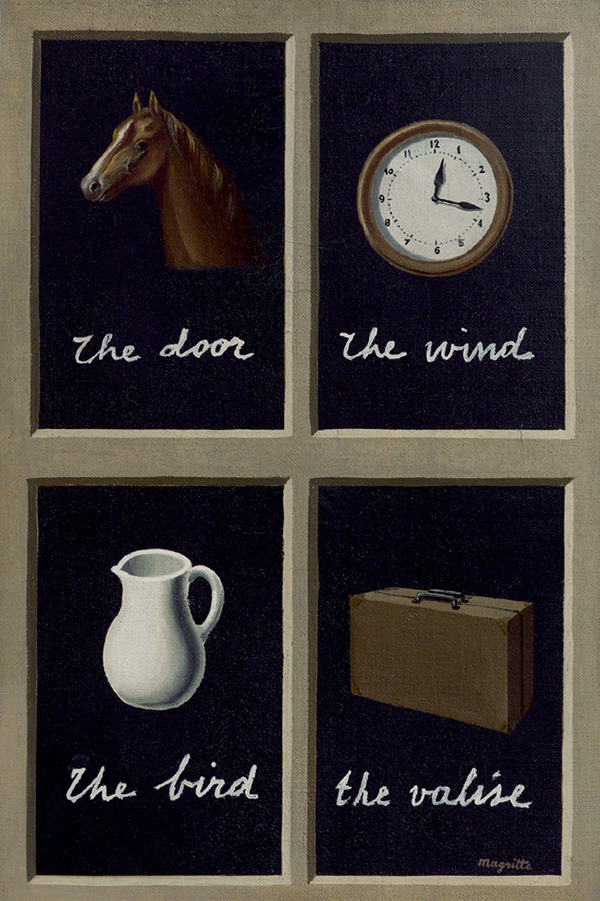
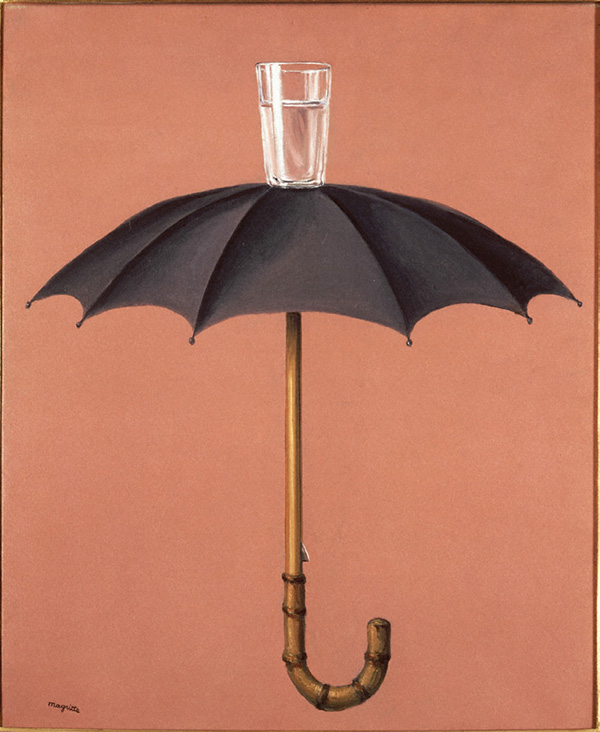
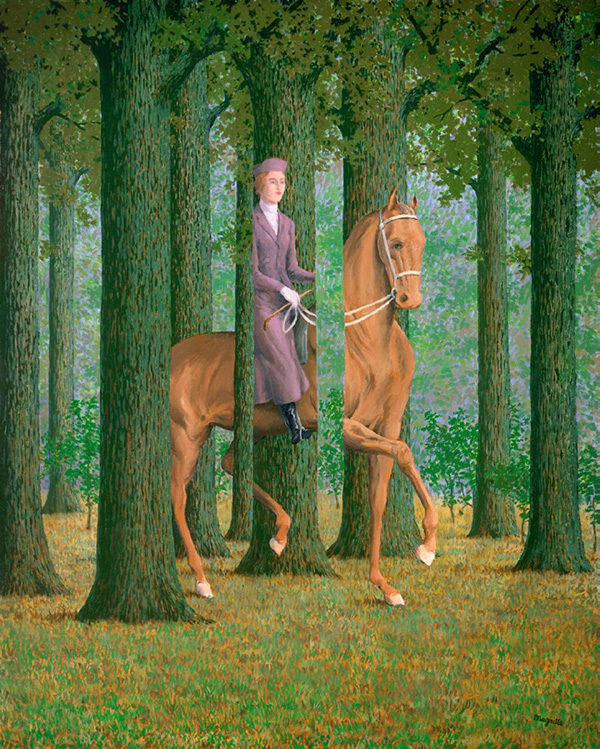
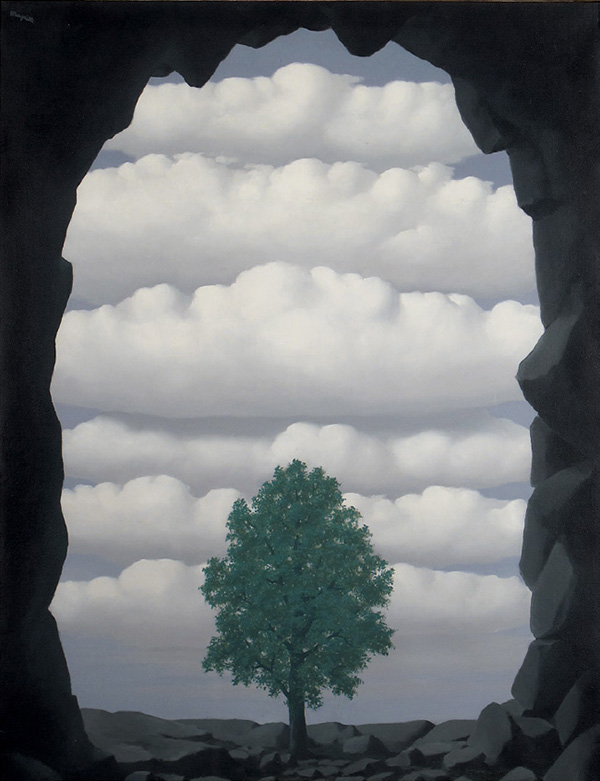
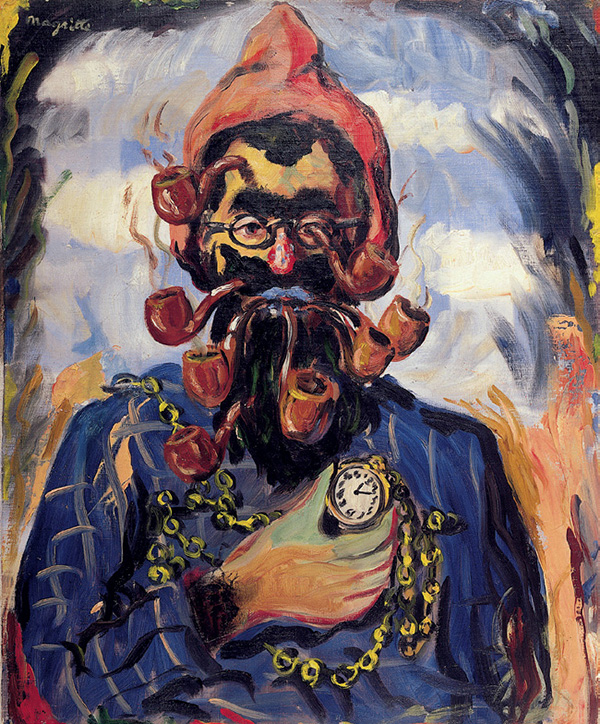
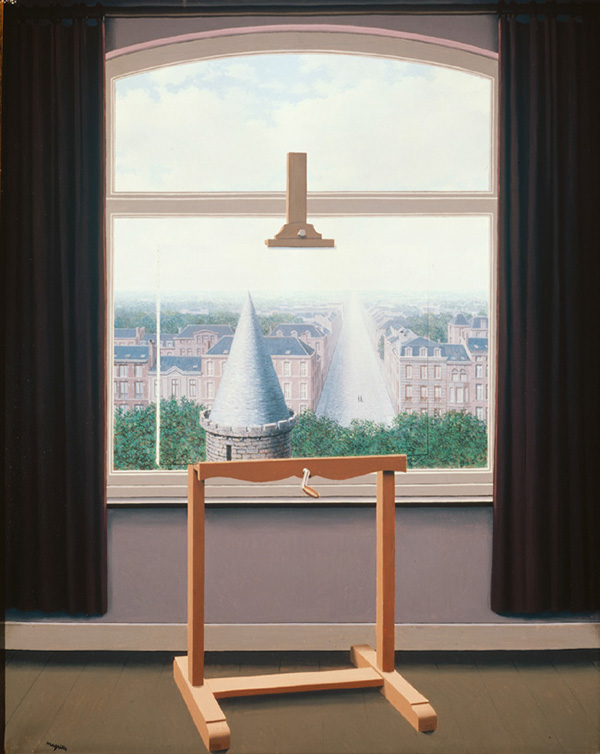
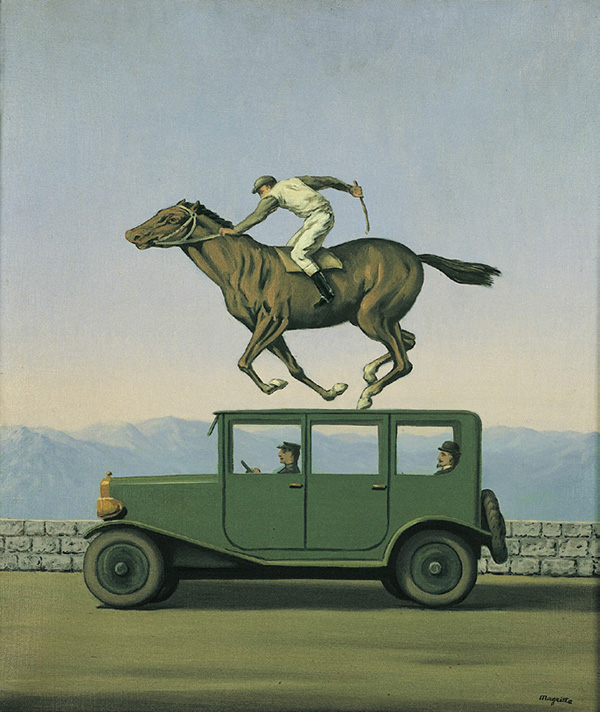
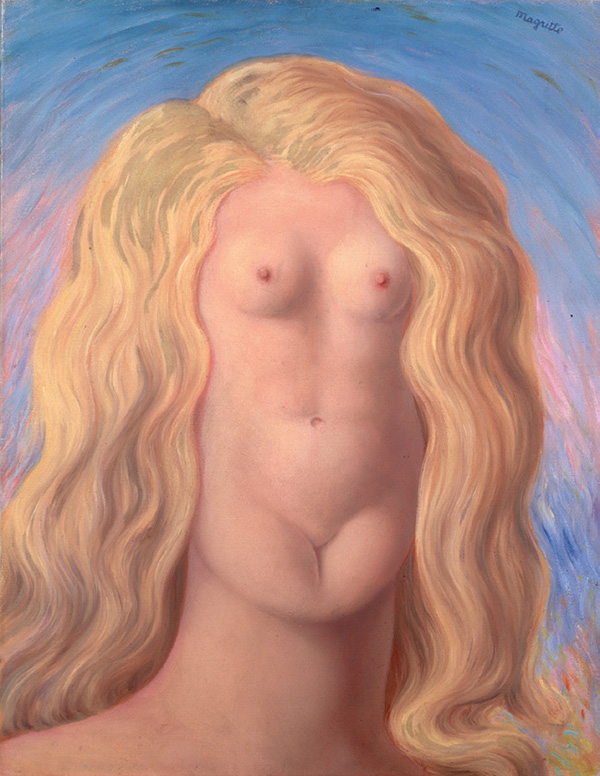
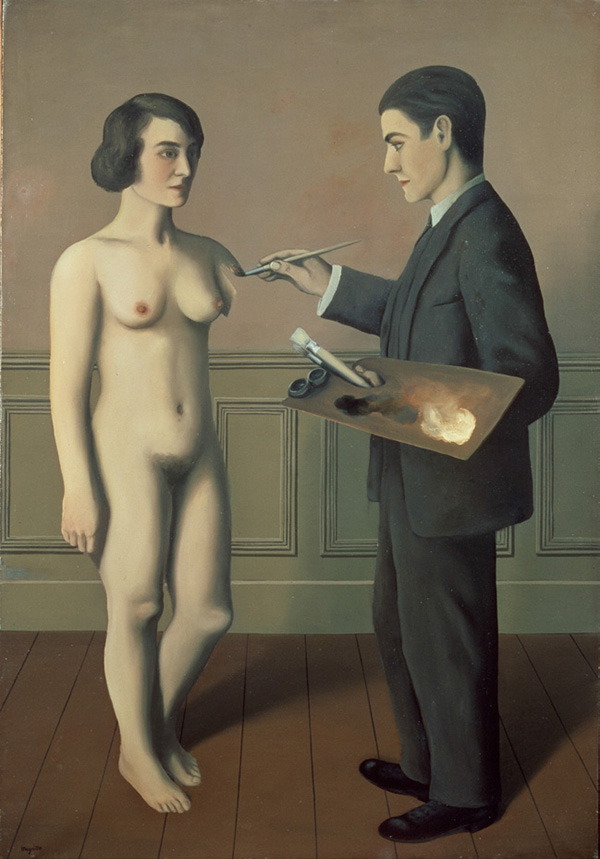
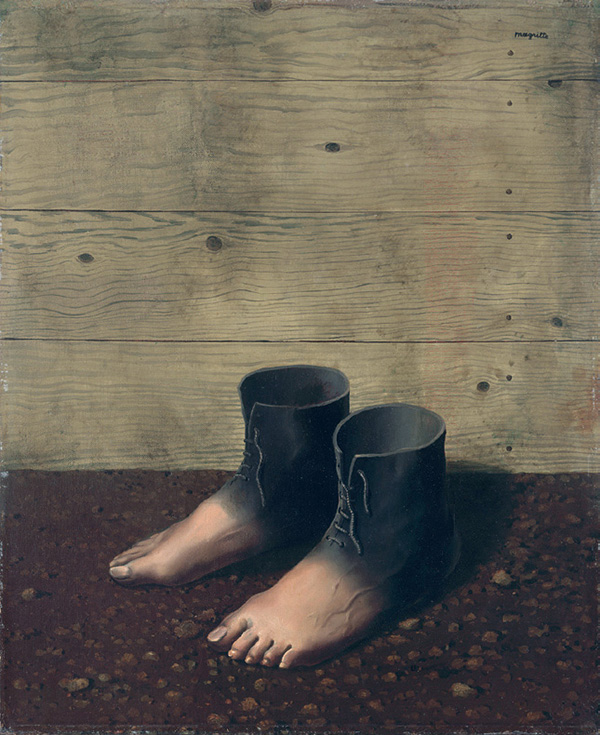
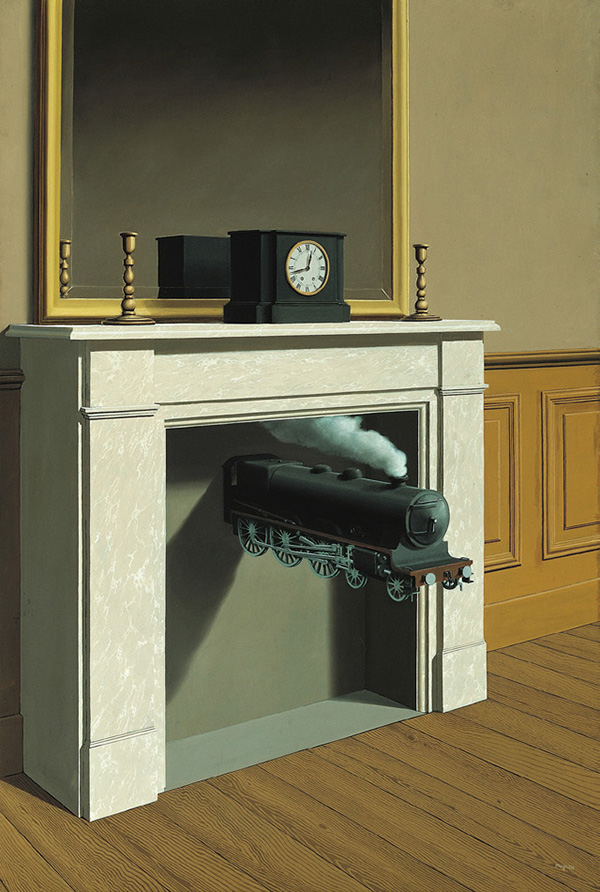
Source: http://www.dreamideamachine.com/?p=19456